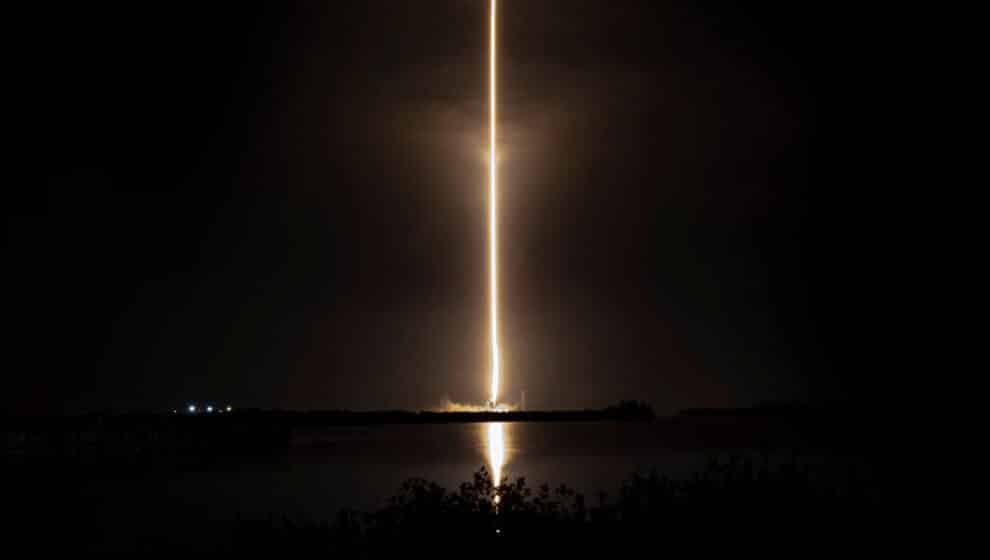SpaceX has fulfilled its original 2014 NASA contract for six manned flights to the International Space Station (ISS) on Friday morning with the successful docking of Crew-6.
Key Details
- Early Thursday morning, four astronauts launched into orbit aboard a Falcon 9 rocket for a 24-hour journey to the ISS, marking the ninth manned SpaceX launch in its history.
- Astronauts Stephen Bowen, Warren Hoburg, Sultan Alneyadi, and Andrey Fedyaev will conduct scientific experiments aboard the ISS for the next 180 days before returning to earth on the same Dragon capsule that carried them into orbit.
- Thursday’s launch does not mark the end of SpaceX’s crew launches, as NASA extended its contract on August 31, bringing the planned total number of missions to Crew-14.
- NASA says this will continue to extend the operational lifespan of the ISS, which has remained crewed and operational in low orbit for 22 years performing micro-gravity experiments.
Why It’s Important
The space shuttle’s retirement in 2011 meant that NASA did not have the means to carry astronauts to the space station. The U.S. government was forced to pay Russia’s State Space Corporation to carry American astronauts to orbit aboard its Soyuz rockets. NASA contracted SpaceX to private space flights in 2014 after successful cargo launches in 2012.
After successfully demonstrating its Falcon 9 reusable rocket and Dragon crew capsule, SpaceX became the first private company to send humans to orbit and dock with the ISS on May 30, 2020, with SpaceX Demo Flight 2. SpaceX began regular commercial operations to the International Space Station on November 16, 2020, launching three American and one Japanese astronauts to the ISS on Crew-1 for a 167-day mission and landing safely on May 2, 2021.
Several non-NASA manned missions to the ISS are contracted by organizations like Axiom and the Polaris Program for fully private trips to the ISS, including Axiom-2 in May and Polaris-Dawn in July. NASA’s Crew-7 is scheduled to launch in August.
Notable Quotes
“If you enjoyed your ride, please don’t forget to give us five stars,” says SpaceX mission control.
“For more than two decades, humans have continuously lived and worked aboard the International Space Station. Commercial Crew Program missions like Crew-6 are essential, so we can continue to maximize the important research possible only in the space station’s unique microgravity environment,” says NASA administrator Kathryn Lueders.
